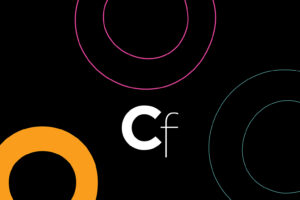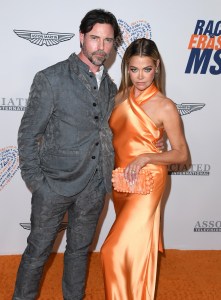Renée Green Questions the Meaning of Meanings


BEACON, New York — In 2022, I visited the Whitney Biennial with Tom, a longtime friend. I was crushing hard on him and he was not feeling it. Before the show, we guzzled a few drinks at a nearby bar. I will never forget landing in the lobby of the museum and coming upon Renée Green’s installation of colorful banners hanging high above. My tipsy gaze landed on a single statement of her existential commentary: “that flee into the void.” Those words aptly described the personal pangs of that afternoon: all emotions, all desires, all impermanent.
Fast forward to my recent visit to Dia Beacon to see Renée Green: The Equator Has Moved, her first major solo museum presentation in New York State. There, I encountered Green’s bold philosophical aphorisms in a vibrant and dynamic presentation that fills two long gallery halls and a perpendicular corridor. Green is best known for her complex installations that consider historical events and cultural narratives. Since the late 1980s, she has combined text, images, and objects to orchestrate a distinct style of visual poetics that is grounded in language while simultaneously rewiring it. The Dia exhibition is a bright vision of her work at its most vigorous and includes multimedia installations, digital pigment prints on paper, sound scores, videos, newly commissioned works, and large-scale wall paintings.


Combining text fragments from literature and other sources, Green employs stylistic typologies to conjure alternative narratives, while using color as a categorization device and words as the building blocks for systems. Green is a master at probing and destabilizing the meaning of meanings, and her painting “Color/No Color” (1990) is a powerful example of this. Divided in half, the left side is black with white lettering that reads “THE ABSENCE OF ALL COLOR” above a small white rectangle that contains the phrase “no colors”; on the right, Green has painted the phrase “ALL THE COLORS COMBINED” in black on a white ground, above a black rectangle with the word “COLORED!” Her exploration of issues surrounding race, identity, and representation through her singular “text-ercises” are both graceful and forthright.
Many of Green’s sculptural paintings are somewhat cryptic and invite a strong analytical approach to her work. Pieces such as “Peak” (1991) are playful yet laced with thorny concepts such as conquest and even violence. The installation is composed of a small step ladder attached by rope to a white wood structure that depicts footprints approaching an Ansel Adams photo of a mountain. The allusion to mountain climbing is reinforced by a blue flag at the top that reads “Olympus” (home to the gods of Greek mythology) and a telescope pointed at the structure. However, all of this is to suggest a reconsideration of “exploration” as a means of annexation.

Green’s multicolored Bichos (2025) — modular stations comprised of seven panels each, on view in both halls — are more interactive. Viewers tuck inside and listen to one of her sound scores, such as “ABCDEFGHI” (2000) (in both and English and Spanish), or watch one of her digital films on a monitor, including the 55-minute Elsewhere (2002). Originally created for an outdoor setting at Documenta 11 in Kassel, and later presented at Portikus in Frankfurt, the film is a dreamy exploration of imaginary places and garden architecture. I hesitate to crack into the conversation surrounding Green’s poignant installation “Pigskin Library” (1991), a reconstruction of the book collection that Theodore Roosevelt brought on his journey through East Africa, Congo, and Sudan. You will see this work for yourself and you must read curator Jordan Carter’s insightful comments about it on the Dia website.
As I ended my journey through Green’s equator-moving presentation, a set of five suspended flags within her installation “Space Poem #14 (Long Poem in Four Parts)” (2024) — a series of multiple banners encompassing writing by Green and others — resounded with the memory of that boozy afternoon at the Whitney a few years ago: “Chosen / Given / Conditions Existing / Failed Attempts / Agency” were the no-nonsense phrases this time around. Once again, Green’s careful attention to the substance of any given moment, or any given meaning, encourages us to determine our own.






Renée Green: The Equator Has Moved continues at Dia Beacon (3 Beekman Street, Beacon, New York) through August 31, 2026. The exhibition was curated by Jordan Carter.




